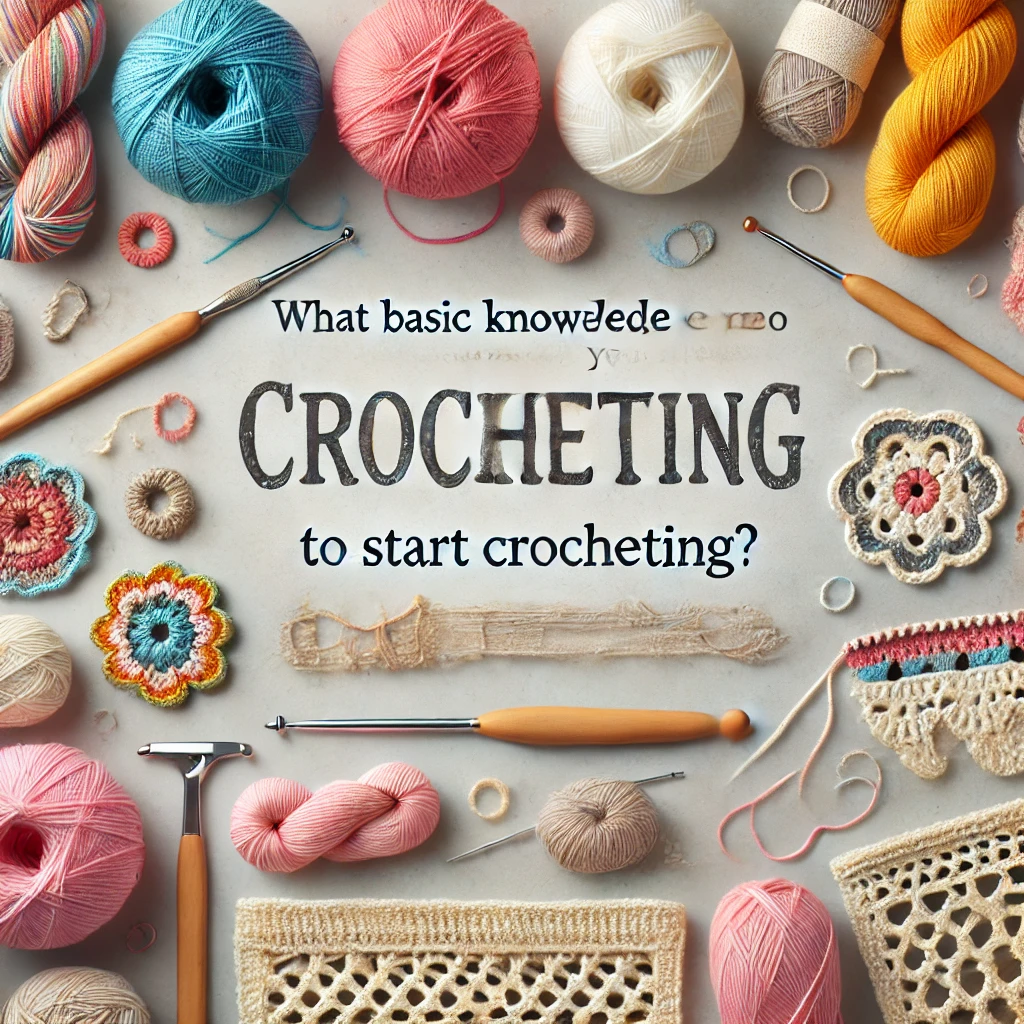
What Basic Knowledge Do You Need to Start Crocheting?
Crocheting is a creative and enjoyable craft suitable for people of all ages. Whether you are just starting or looking to refresh your basic knowledge, this article will provide you with essential information to begin your crochet journey.
1. Crochet Hooks and Yarn
The crochet hook is the fundamental tool for crocheting. They come in various materials such as metal, wood, and plastic. Hooks vary in size, from small hooks for fine yarns to larger ones for bulky yarns. Choosing the right hook and yarn combination is crucial for successful crocheting.
2. Crochet Symbols and Charts
In crocheting, common symbols include chain stitch (ch), single crochet (sc), and double crochet (dc). Learning to read crochet symbols and charts is essential as they provide a visual guide to your projects, making patterns easier to follow.
3. Basic Stitches
Understanding and mastering basic stitches is the foundation of crocheting. The most common stitches you need to know are:
- Chain Stitch (ch): The starting point for most crochet projects.
- Single Crochet (sc): A tight, dense stitch that forms a firm fabric.
- Double Crochet (dc): A taller stitch that creates a looser fabric with more drape.
4. Yarn Selection
Yarn comes in different weights, textures, and materials. For beginners, it’s recommended to start with a medium-weight yarn (also known as worsted weight) as it is easier to handle and see your stitches. Cotton and acrylic yarns are good choices for beginners due to their affordability and ease of use.
5. Tension and Gauge
Maintaining consistent tension in your stitches is key to producing even and professional-looking projects. Gauge refers to the number of stitches and rows per inch and is crucial for ensuring your finished project matches the intended size. Practicing to achieve the correct gauge as specified in your pattern will save you from potential frustration later on.
6. Reading Patterns
Crochet patterns are instructions for creating projects and are typically written in abbreviations. Familiarizing yourself with common abbreviations and pattern formats will help you understand and follow patterns more easily.
7. Finishing Techniques
Learning finishing techniques such as weaving in ends, blocking, and adding embellishments will give your projects a polished and professional look. These techniques also help your projects maintain their shape and durability.
By mastering these essential basics, you'll be well on your way to creating beautiful crochet projects. Happy crocheting!
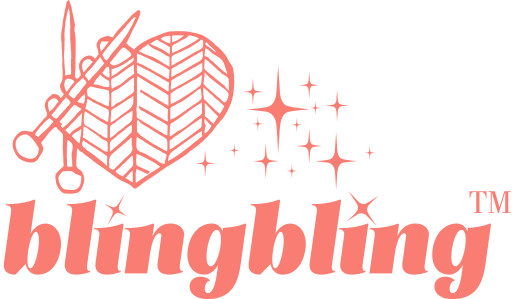
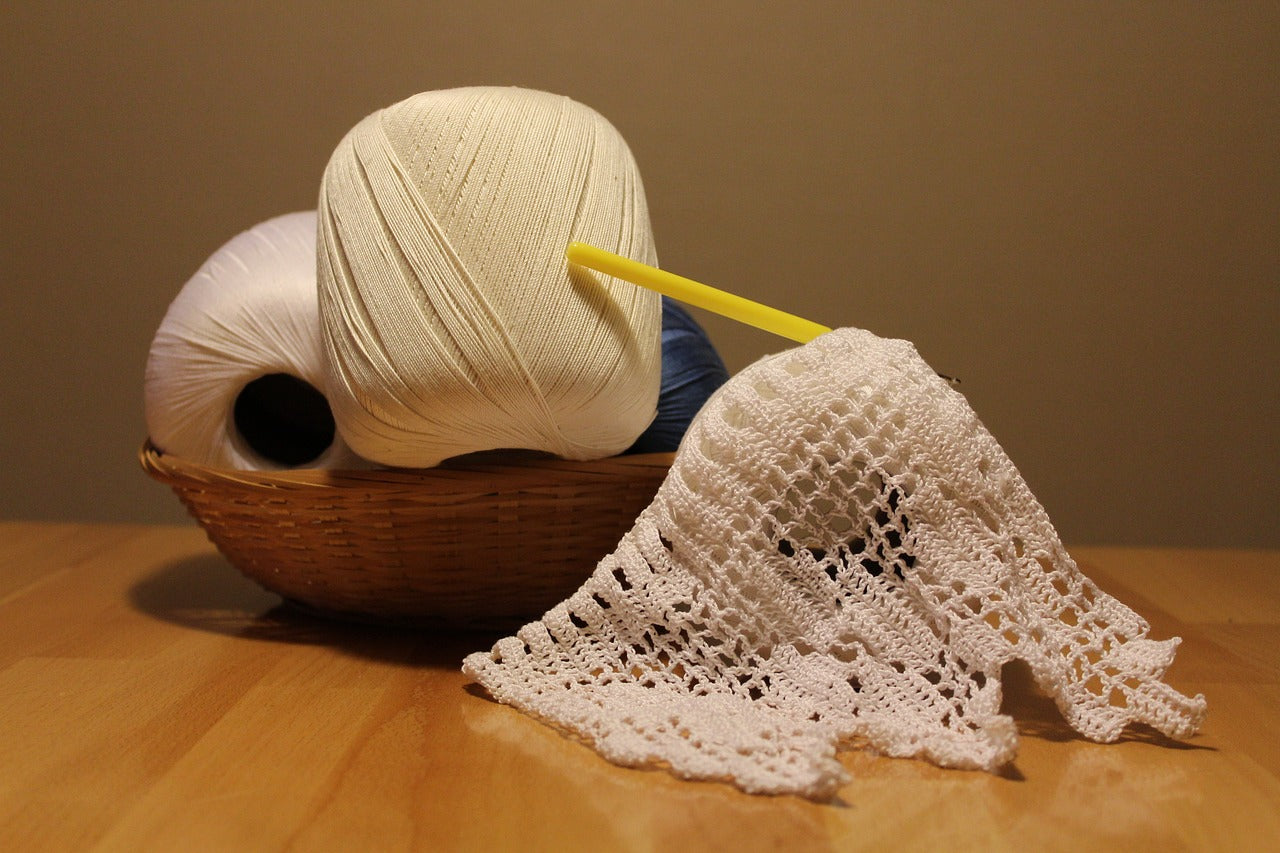
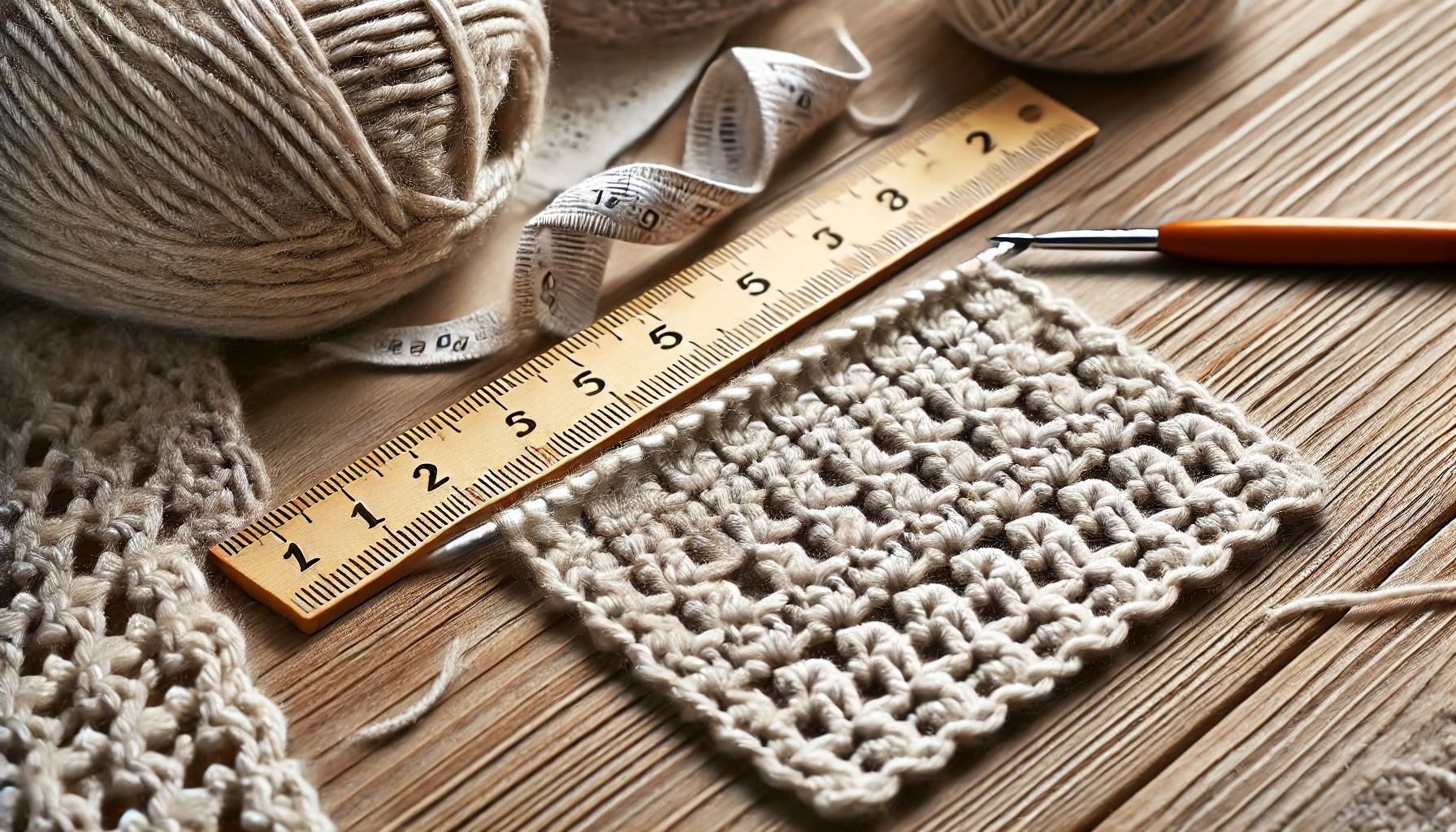
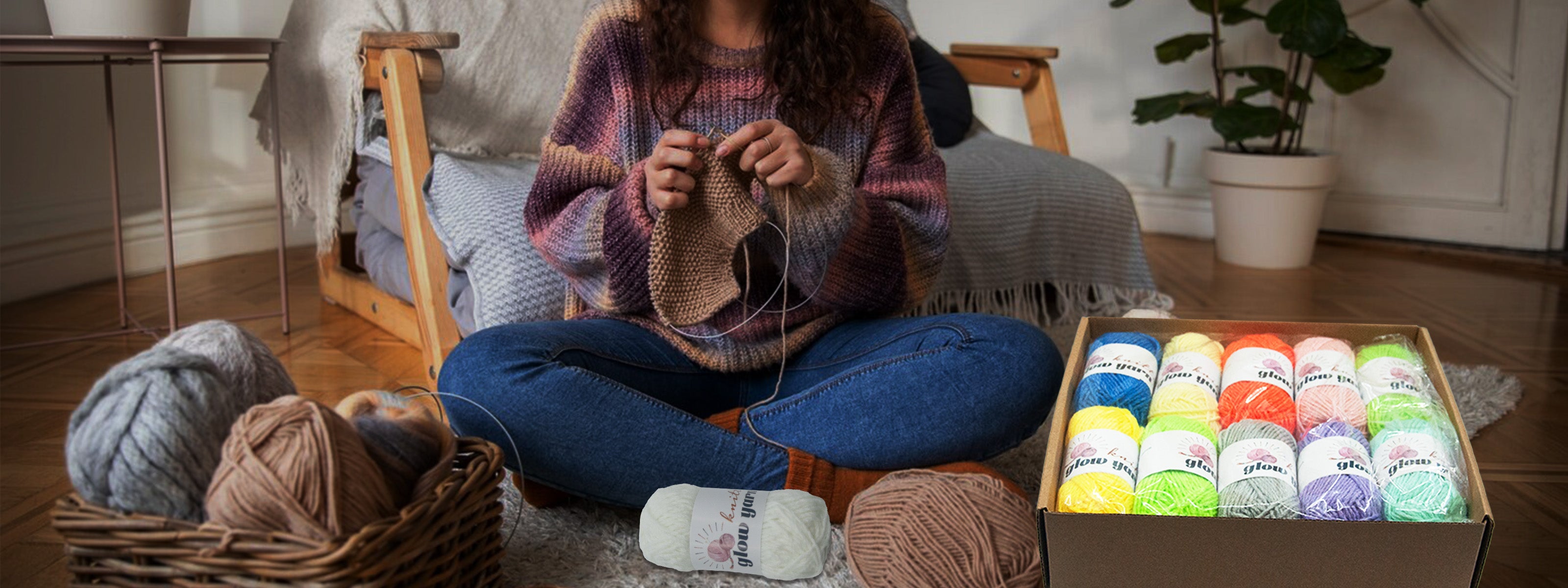






















Leave a comment
This site is protected by hCaptcha and the hCaptcha Privacy Policy and Terms of Service apply.